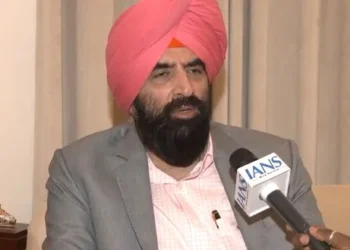US Federal Reserve Chair Jerome Powell’s Jackson Hole address was relatively hawkish, brokerage firm Nomura said in a report.
He did not offer clear guidance on upcoming rate decisions, but maintained optionality for additional tightening and emphasised that rates will likely remain elevated until inflation returns to target.
Powell acknowledged some improvement in inflation, but stressed that economic momentum and a resilient labor market keep inflation risks skewed to the upside. Importantly, he indicated that ongoing above-trend growth or signs that the labor market is no longer easing could warrant further tightening, the report said.
“Until now, the Fed’s reaction function has been largely focused on realized inflation, however, we think this broader approach is a sign that the Fed’s hawkish bias will likely persist even though disinflation is underway. In other words, the Fed appears to put more weight on the inflation outlook, considering the recent resilience of the economy and labor markets,” the report said.
“In this regard, the Fed might be becoming more forward-looking. The speech concluded by noting two-way risks to the policy outlook, but in our view, Powell appears more attentive to the possibility of the Fed tightening too little,” it said.
He went into detail about the consequences of undertightening, noting this “could allow above target inflation to become entrenched and ultimately require monetary policy to wring more persistent inflation from the economy at a high cost to unemployment”.
In comparison, the discussion on the risk of overtightening seemed more like an afterthought, with Powell simply noting “doing too much could also do unnecessary harm to the economy”.
In addition to Powell, most other Fed speakers also remained hawkish — downplaying the recent improvement in inflation and keeping options open for further tightening this year, the report said.























